Pērkot dzīvokli no attīstītāja, viņi bieži vien noslēdz līgumu bez apdares vai ar aptuvenu apdari. Tas ir ne tikai veids, kā samazināt maksājumus, bet arī veikt visus darbus pienācīgi. Lai gan dzīvokļa remonts no pamatiem jaunajā ēkā - ilgs un dārgs jautājums.
Raksta saturs
Ar ko sākt: darbību secība
Ja esat iegādājies īpašumu no būvnieka bez apdares, jums būs nepieciešams pakāpenisks darbu plāns. Cilvēkam, kurš nav īpaši pazīstams ar būvniecību, remonta secība nav acīmredzama. Un, tā kā dzīvokļa remonts no nulles jaunā ēkā prasīs visu posmu iziešanu, plāns ir vienkārši nepieciešams.
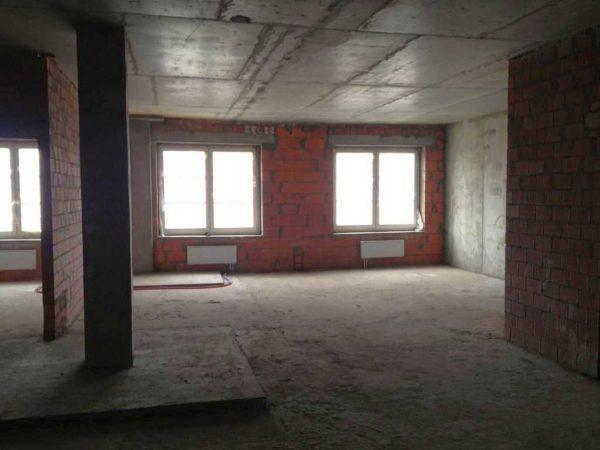
Ko nozīmē "dzīvokļa remonts no nulles jaunā ēkā"?
Lai noteiktu darba fronti, jums ir jāzina, no kurienes sāksiet darbu. Tas, ko jūs saņemsiet pēc objekta nodošanas, ir aprakstīts līgumā. Tāpēc mēs to ņemam, uzmanīgi izlasām, tad var sākt plānot darbu secību. Parasti dzīvoklis jaunā mājā bez apdares tiek nodots šādā stāvoklī:
- Tiek uzstādīti logi (parasti ar dubulto stiklu) un ieejas durvis (lētas un ne īpaši uzticamas).
- Sienas bez apdares (betona vai ķieģeļu, celtniecības bloki), iekšējās starpsienas - atkarībā no līguma: var stāvēt vai nest.
- Grīda - betona plāksne bez segumiem.
- Griesti - plātnes apakšējā virsma bez apdares.
- Dzīvoklī ir ievadīta elektrība, ir neliels elektrības panelis ar vienu automātisko slēdzi. Parasti gaitenī ir viena spuldzīte (uz pagaidu vadiem).
- Ir ierīkota apkure, radiatori, noslēgvārsti un regulēšanas vārsti. Apkure ir vienīgā lieta, kas ir gatava lietošanai jebkurā laikā, jo tā ir kopīpašums.
- Aukstais un karstais ūdens - stāvvadi ir ievesti dzīvoklī, ir atzari, uz kuriem ir skaitītāji (plombēti). Pēc skaitītājiem ir krāns, pie kura vajadzības gadījumā var pieslēgties.
- Kanalizācija - ir stāvvads un atzars, kas noslēgts ar aizbāzni. Sistēma ir gatava pieslēgšanai.
- Ja mājā tiks izmantotas gāzes plītis, ir gāzes ieplūdes caurule, skaitītājs, pēc kura tiek uzstādīta kontaktdakša. Gāzes iekārtas var pieslēgt tikai valsts gāzes uzņēmuma pārstāvji.
Būtībā tas ir viss, kas jums ir, pirms sākat remontēt dzīvokli no nulles jaunā ēkā. Viss ir sākuma stadijā, bet visas komunikācijas ir savienotas.
Dzīvokļa remonts pa posmiem
Tūlīt jāpieņem lēmums par starpsienām. Izlemiet, kur un kas stāvēs, kas būs jānoņem/jāpārvieto. Ja starpsienas jau ir un jūs gatavojaties kaut ko pārbūvēt, jums jāsaņem atļauja un tikai tad ķerties pie pārvietošanas. Ja starpsienu nav un jūs gatavojaties tās uzstādīt pats, līgumā ir noteikts, no kādiem materiāliem tās varat izgatavot. Ieteikumus ir labāk ievērot, pretējā gadījumā jūs varat saņemt sodus, un tie nav maznozīmīgi.
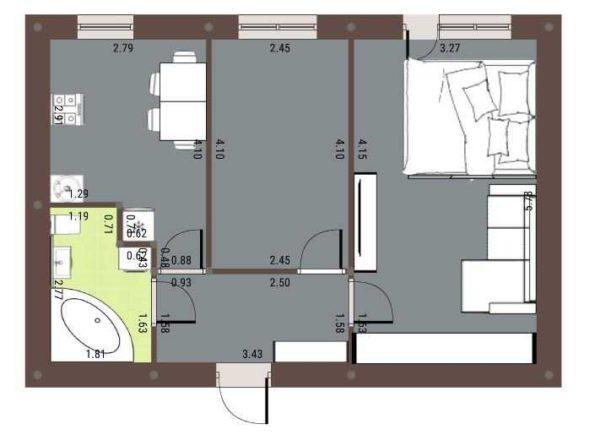
Pēc dzīvokļa plāna apstiprināšanas jūs noteiksiet, kur stāvēsiet lielgabarīta mēbeles, ierīces, santehniku utt. Šie dati jums būs nepieciešami, lai sagatavotu inženiertehnisko sistēmu (ūdensapgādes, kanalizācijas, apgaismojuma, ja paredzēts - ventilācijas) ierīkošanas plānu. Kad plāns ir vairāk vai mazāk gatavs, varat ķerties pie paša remonta. Darbību secība ir šāda:
- Starpsienu uzstādīšana, pārvietošana saskaņā ar apstiprināto projektu.
- Veidojot starpsienas, paralēli (vai kārtībā) tiek izstrādāts elektriskās elektroinstalācijas plāns. Pēc tam, kad starpsienas ir uzceltas, veiciet elektrības vadu ierīkošanu - sienu urbšanu, kabeļu (obligāti trīsdzīslu - ar zemējumu, vadu šķērsgriezums elektroinstalācijai tiek izvēlēts individuāli). Atkarībā no kabeļa veida to liek vai nu gofrētā veidā, vai bez tā. Kabeļi netiek savienoti ar sadales skapi, kontaktligzdas, slēdži netiek likti. Uzstāda tikai sadales kārbas, podrozetniki, tajās tin kabeļu galus. Elektriskā instalācija ir izklāta:
- Ja plānojat veikt sienu un griestu skaņas izolāciju, ir pienācis laiks risināt šo jautājumu. Tā būs ierāmēta vai bez rāmja, bet jums nav nepieciešams izlīdzināt sienas zem tās, tāpēc tagad ir īstais brīdis.
- Aukstā un karstā ūdens apgādes cauruļvadu ierīkošana, kanalizācijas pieslēgums. Ja sienas nav nesošas, caurules var ierīkot sienu padziļinājumos (ja to atļauj starpsienu biezums). Pretējā gadījumā mēģiniet lielāko daļu cauruļu pavadīt vannas istabā/vannas istabā, un pēc tam aizveriet tās ar ģipškartona kārbu, kas pēc tam tiek pabeigta ar tādu pašu marialomu, ar kādu ir sienas.
- Izlīdziniet sienas. Ja plānojat dekorēt sienas ar plastmasas paneļiem, jūs nevarat apmetumu - tie ir piestiprināti pie kastes, kas izlīdzina visus pārkāpumus. Bet, ja vēlāk plānojat likt flīzes, labāk apmetiet - vēlāk būs mazāk problēmu. Agrāk apmet parastu cementa-smilšu javu, bet pēdējā laikā priekšroku dod gataviem sastāviem uz cementa vai ģipša bāzes (ir vieglāk strādāt). Apmešana var būt vienkārša - paļaujoties uz aci un konstrukcijas līmeni, un var - uz bāķiem. Otrais variants ir vēlams, jo ir lielāka varbūtība iegūt gludas sienas un taisnus 90° leņķus. Ne vairāk, ne mazāk. Jebkurā gadījumā pirms apmešanas sienas jāgruntē - lai uzlabotu apmetuma un pamatmateriāla saķeri. Gruntskrāsu izvēlas atkarībā no apmetuma veida (ģipša vai cementa).
- Ja griesti tiks balināti/krāsoti, tie tiek izlīdzināti ar apmetumu (neaizmirstiet par lustru vadiem). Ja griesti ir piekaramie, arī to var izdarīt šajā posmā. Spriegu griesti tiek izgatavoti pēc sienu apdares, tāpēc, ja plānojat šādus, šo posmu var izlaist. Jūs varat pārbaudīt tikai starpplākšņu savienojumu blīvēšanas kvalitāti.
- Sienu un griestu špaktelēšana. Tas jau ir sagatavošanās apdares darbiem. Špakteles veida izvēle ir atkarīga no apdares veida. Ja tā ir krāsošana - ņemiet dārgākus materiālus (piemēram, Shirok) un iegūstiet pilnīgi līdzenu virsmu (pārbaudīt var apgaismojumā ar LED lampu - ir redzami vismazākie nelīdzenumi). Zem tapešu špakteles sastāva ņem lētāku, un ideālums šeit nav tik svarīgs. Flīžu sienām špakteles vispār neklāj.
- Pēc putekļu noņemšanas pēc šuvju špakteles iestrādes un visiem citiem netīrajiem darbiem turpiniet grīdas seguma ielejšanu. Arī šeit ir jāpieņem vairāki lēmumi: vai būs izolācija, skaņas izolācija, siltā grīda (elektriskā, cita veida daudzstāvu ēkās nav pieejama vai nepieciešama atļauja). Grīdu var veidot ar parastu cementa-smilšu maisījumu vai ar lītām grīdām. Otrajā variantā rezultāts būs labāks - līdzenāka grīda, pateicoties maisījuma pašizlīdzinošajam efektam.
- Nedēļu pēc segumiem, kamēr tie "nobriest", mēs strādājam pie vannas istabas un tualetes apdares. Tur parasti ir daudz netīrumu, un pirms apdares pārējā dzīvoklī ir nepieciešams visu izdarīt.
- Apdare: krāsot/balināt griestus, ielīmēt tapetes (uzstādīt stieptos griestus). Grīdas seguma ieklāšana, durvju, plākšņu, grīdlīstes uzstādīšana. Uzstādām kontaktligzdas, slēdžus, pieslēdzam sadzīves tehniku.
- Ievietojiet mēbeles un interjera elementus.
Šī ir dzīvokļa remonta kārtība no nulles jaunā ēkā vispārējā gadījumā. Pastāv īpatnības, bet tās ir individuālas. Pēc tam atkarībā no situācijas mainās vai mainās posmi.
Brigādes vai individuālie speciālisti
Patstāvīgs dzīvokļa remonts no nulles jaunā ēkā prasīs daudz laika. Ja jums tas ir rezervē - nav problēmu. Ja vēlaties ātrāk pārcelties uz jaunu mājokli, jums nāksies nolīgt celtniekus. Šeit bieži rodas jautājumi. Ko nolīgt remontam jaunajā ēkā - komandu, kas sola visu izdarīt "līdz atslēgai", vai atsevišķus speciālistus katram darbu veidam? Šis jautājums jau simtiem reižu ir ticis apspriests, taču nonākt pie vienprātības tā arī nav izdevies. Abiem variantiem ir savi atbalstītāji. Lai jūs varētu izlemt, īsi par abu risinājumu priekšrocībām un trūkumiem.
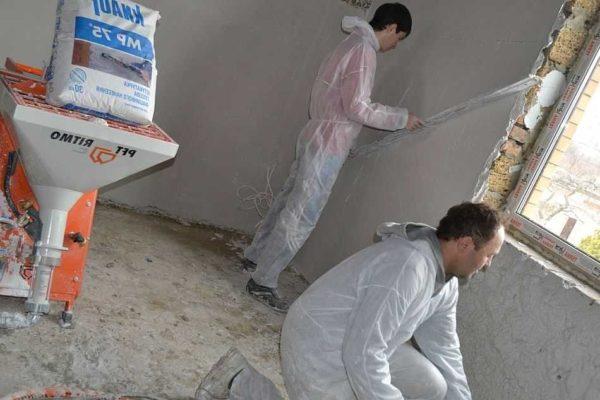
Līdz atslēgai?
Ja jūs nolīgstat brigādi, kas veiks visus darbus no sākuma līdz beigām, nav izslēgts, ka jūs būsiet apmierināts ar tās darba kvalitāti. Visi sola kvalitāti un ātrumu, bet tikai retais patiešām veic visus darbus pienācīgā līmenī. Ļoti bieži jums nākas lauzt līgumu un meklēt kādu, kas pabeigs/pārbūvēs. Šis uzdevums ir vēl grūtāks nekā atrast pirmo brigādi: neviens nevēlas labot svešas kļūdas. Tas ir ilgi un apgrūtinoši. Trūkumi.

Šī risinājuma pozitīvā puse: nolīgtie cilvēki ir atbildīgi par visiem darba posmiem līdz pat finišam (ja esat par to vienojušies). Ja jums kaut kas nepatīk, varat mēģināt panākt, lai viņi to pārtaisa, taču labāk ir kontrolēt katru darba posmu. Otrs pozitīvais aspekts: remonts notiek ātrāk, jo jums nav jāmeklē izpildītāji katram jaunam darbam. Tie ir plusi.
Vēl viens organizatoriskā plāna brīdis. Slēdziet līgumu, nosakiet katra darba posma izmaksas. Tad līguma laušanas brīdī jūs precīzi zināsiet, cik daudz jāmaksā. Pretējā gadījumā jūs sāksiet pierādīt, ka lielākā daļa darbu ir padarīta, bet pārējais ir nekas.
Speciālisti noteiktu darbu veikšanai
Ja nolemjat katram darba posmam nolīgt atsevišķus speciālistus, ir grūti prognozēt galīgo rezultātu. Tā kā jums ir jāizdara noteikts darba apjoms un jāatstāj, pastāv iespēja, ka strādnieki pārāk necentīsies. Un katrs nākamais speciālists var teikt (un parasti tā arī dara), ka pirms viņa ir pieļautas kļūdas, un pieprasīt papildu samaksu par to labošanu. Ir tikai viena izeja: pastāvīga un stingra kontrole visos darba posmos, skaidra līgumu izpilde ar skaidrojumu, ko jūs vēlaties, lai viņiem beigās būtu.
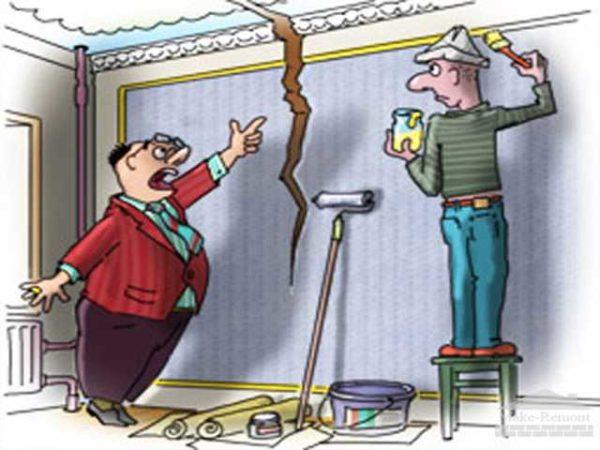
Ja daži darbi netiek veikti patstāvīgi, tad kopējās izmaksas, maksājot par atsevišķu speciālistu darbu, būs lielākas. Taču šāda lēmuma pozitīvā puse - jūs varat "izstiept" izdevumus laika gaitā. Nauda parādījās - izdarīja zināmu darbu apjomu.
Apdares materiāli
Dzīvokļa remontam no nulles jaunā ēkā ir savas īpatnības. Jauna māja vairāku gadu laikā "saraujas", notiek pamatu, sienu, grīdu kustība. Visas šīs kustības rada plaisas, un tās var sabojāt apdares pārklājumu. Tāpēc ir padoms: izmantot ne visdārgākos apdares materiālus, kurus nebūs žēl pēc trim četriem gadiem nomainīt pret jauniem, kvalitatīvākiem.
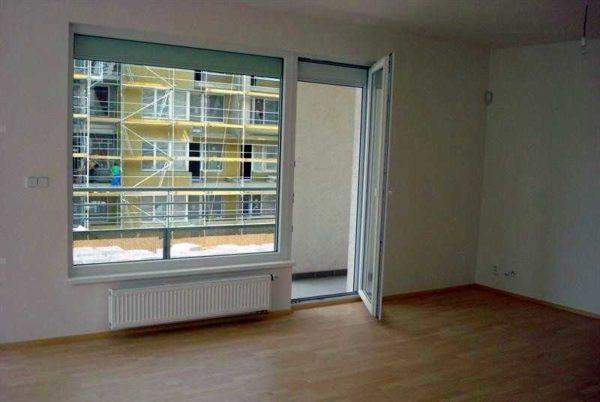
Visvairāk jautājumu rodas saistībā ar flīzēm, kas ieklātas uz sienām un segumiem. Tajās visvairāk pamanāmas plaisas, un prieks nav lēts - gan materiālu izmaksas, gan darbu cena. Tāpēc klona segumu izgatavo peldošo - bez savienojuma ar sienām, un flīžu vietā uz sienām vannas istabā un vannas istabā apdares vinila sienas paneļi.
Flīzes uz sienām un grīdas bieži tiek likts virtuvē, un mēģināt izvēlēties vispievilcīgākās kolekcijas, kas maksā daudz. Ir divas izejas. Pirmais - flīžu priekšauta vietā virtuvē izmantot plastmasas vai mēbeļu plātni, bet uz grīdas ieklāt, bet linoleju. Otrais, likt flīzes, bet ir zināms daudzums krājumu, lai nomainītu plīsušās flīzes. Galu galā, nav jau tā, ka pēc trim vai četriem gadiem vēl tiks ražota tāda pati kolekcija. Un pat ja tā, krāsu paņemt vienu un to pašu, visticamāk, neizdosies.
Nepieciešamība pēc skaņas izolācijas
Daudzi jauno dzīvokļu īpašnieki vienkārši nedomā par to, cik kluss būs viņu mājoklī. Tas vēl nav tam piemērots. Bet, kad ievāksies, būs jau par vēlu. Pašreizējā daudzstāvu ēku būvniecības tendence ir padarīt ēku pēc iespējas vieglāku, lai ietaupītu naudu par pamatiem. Vieglie materiāli ir lieliski, taču problēma ir tā, ka tie labi vada skaņu.
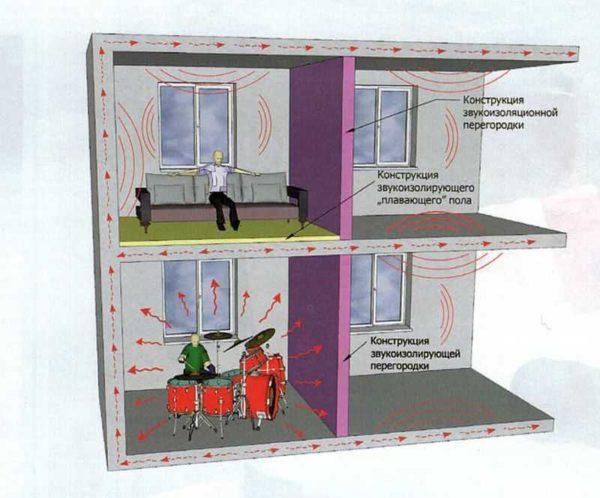
Rezultātā izrādās, ka remonts ir pabeigts, un jūs, ja vēlaties, varat saglabāt piezīmes par savu kaimiņu sarunām, un viņi - jūsu. Nav rožaina perspektīva. Tāpēc ir vērts padomāt par skaņas izolāciju. Jā, tie ir papildu izdevumi, turklāt nebūt ne maznozīmīgi, taču svarīgāks ir klusums.

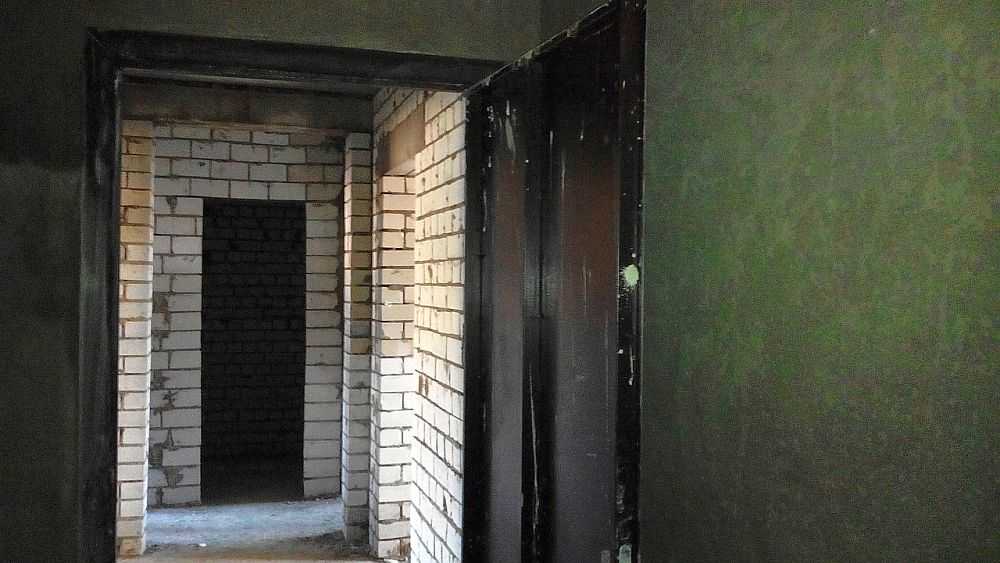
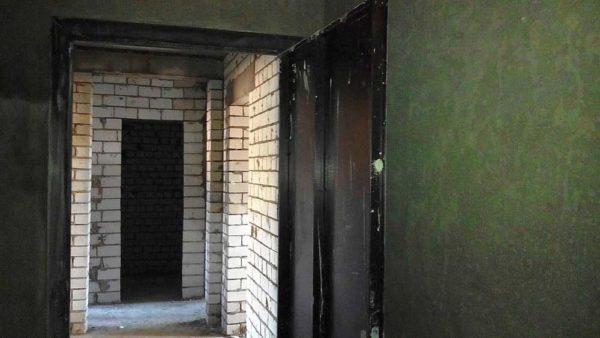
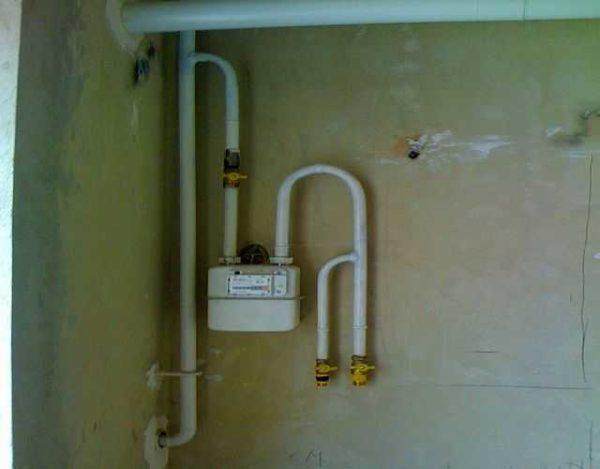
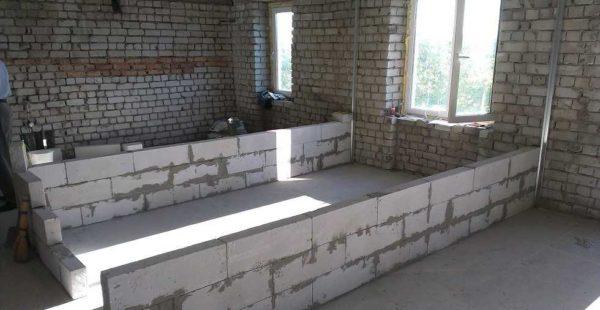
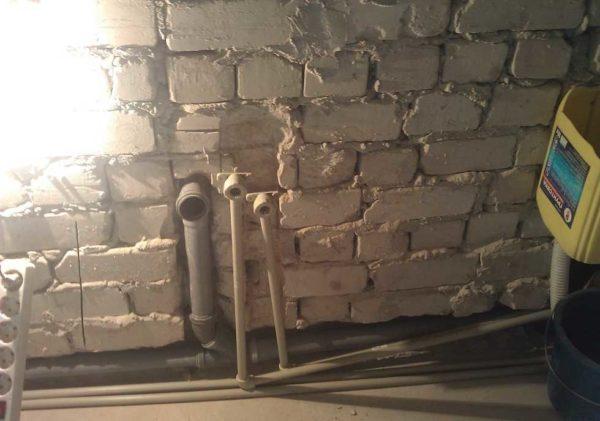
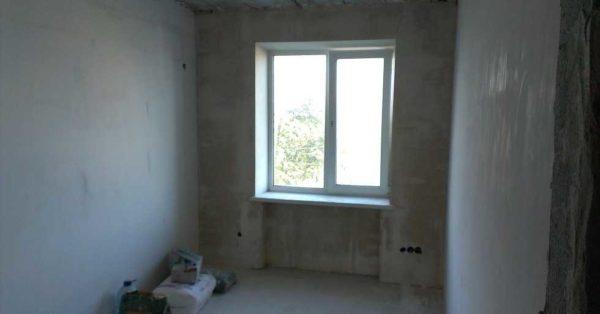
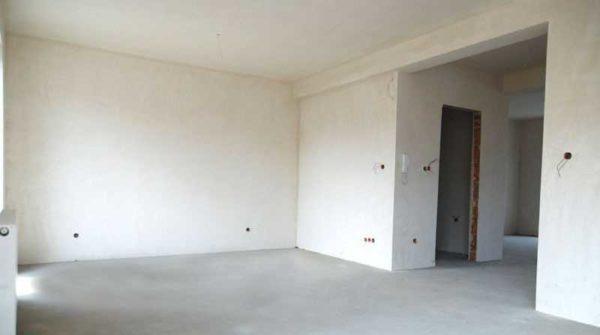
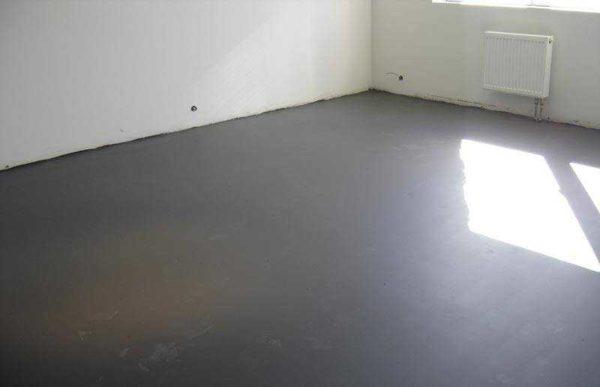

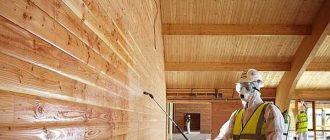
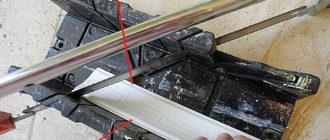



Jaunas telpas atjaunošana no nulles ir kā meistardarba radīšana! Es atceros savu pirmo DIY projektu - tas bija haoss, bet tik aizraujošs! Katrs posms, sākot no krāsas izvēles un beidzot redzot, kā telpa atdzīvojas, ir uzvara. Nevaru sagaidīt, kad ķēros klāt nākamajam lielajam pasākumam! Uz priekšu!
Pilnīgi justies jums! Mana pirmā pārbūve arī bija mežonīga - visur bija krāsas šļakatas, un es pat reiz salīmēju rokas kopā! Bet, kad es ieraudzīju galarezultātu, cilvēks, tas bija episks! Nevaru sagaidīt, lai uzzinātu par nākamo projektu - lai kopā to sadragājam!
Totally feel you! My first DIY was a wild ride too. I was painting the walls and ended up with splatters everywhere—total mess! But seeing it all come together was worth it. It’s like you’re creating art! Can’t wait to dive into my next project as well! Let’s do this!
Man, I remember when I renovated my first place from the ground up! It was a wild ride—picking out paint, dealing with contractors, and watching it all come together. Each stage felt like a mini adventure. Can’t wait to do it again someday! So worth it!